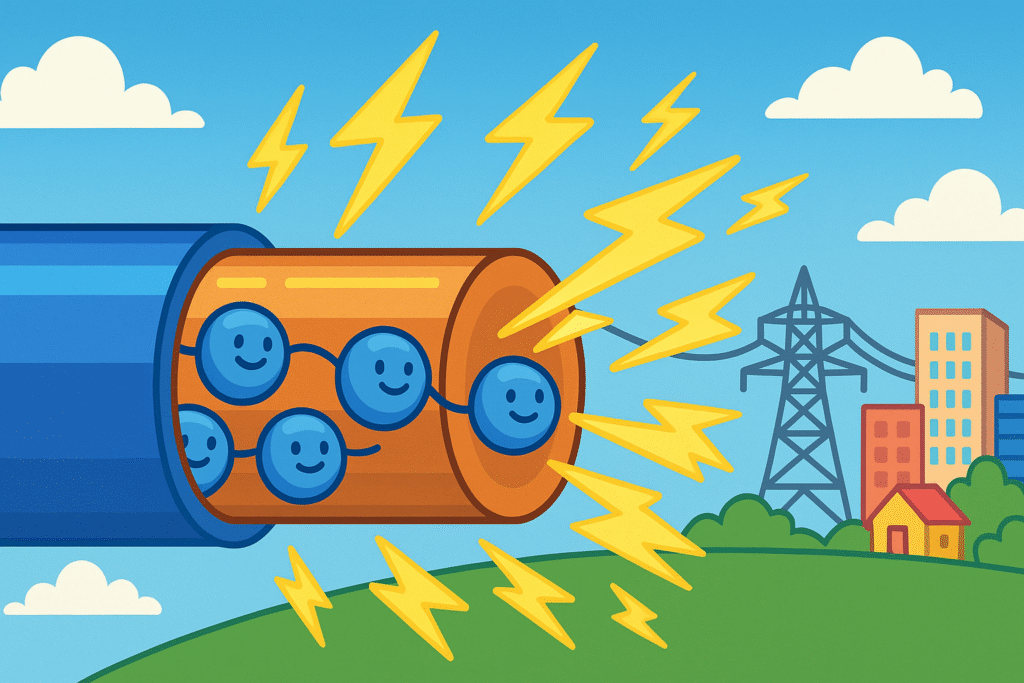Moving Through Metal
Electricity travels through wires as a flow of tiny particles called electrons. Wires are usually made of metals like copper or aluminum because these metals let electrons move easily. When electricity is made at a power plant or from a battery, it pushes electrons into the wire. The electrons bump into each other, passing energy along the wire to where it is needed, like a light bulb or a phone charger.
A Complete Path
For electricity to work, it needs a complete path, called a circuit. If the circuit is broken, like when you flip off a switch, the flow stops. Insulation, which is a protective layer around the wire, keeps the electricity inside and prevents shocks. This way, electricity can safely travel long distances from where it is made to homes, schools, and businesses.
FAQs
Q: Can electricity travel through anything?
A: No, it needs materials that conduct electricity well, like certain metals.
Q: Why don’t birds get shocked on power lines?
A: Because they touch only one wire at a time, so electricity doesn’t pass through their bodies.
🧠 Conspiracy Theory
Some people believe that electricity is actually carried by tiny lightning bolts running inside the wire.
😅 Dad Joke
Why did the wire break up with the outlet? It just couldn’t connect anymore!









